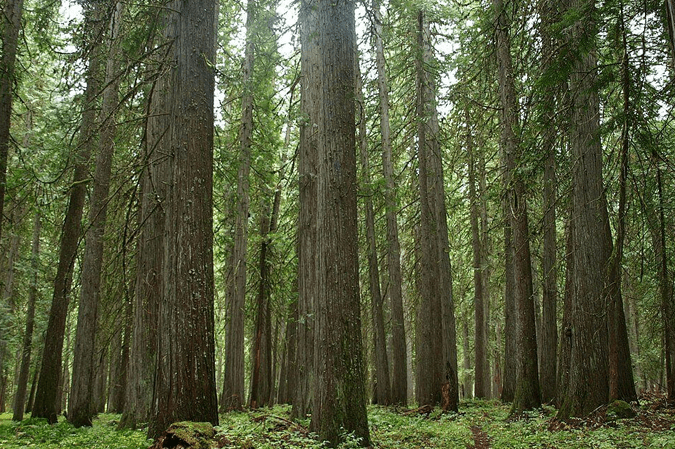Description:
Araucaria is a genus of evergreen coniferous trees that belongs to the family Araucariaceae. The genus includes about 19 species, many of which are native to the southern hemisphere, particularly South America, Australia, and the Pacific Islands. Araucaria trees are known for their distinctive appearance, characterized by symmetrical, triangular-shaped canopies and branches covered with stiff, sharp leaves. These trees are often referred to as “living fossils” because they have existed for millions of years, dating back to the time of the dinosaurs.
Common Features:
- Leaves: Araucaria leaves vary between species, ranging from needle-like to broad and flat. They are typically tough, leathery, and arranged in spirals around the branches, giving the tree a unique, geometric appearance. The leaves are often sharp and pointed, serving as a defense mechanism against herbivores.
- Bark: The bark of Araucaria trees is generally thick, rough, and deeply furrowed, providing protection from fires and pests. It has a corky texture and is often dark brown or gray in color.
- Cones: Araucaria trees produce large, woody cones that can take several years to mature. The female cones are generally spherical or ovoid, while the male cones are elongated. The seeds, often known as “nuts,” are large and edible in some species, such as the Monkey Puzzle tree (Araucaria araucana).
- Growth Habit: Araucaria trees typically have a straight, tall trunk and a symmetrical canopy that becomes more open and irregular with age. They can reach impressive heights, with some species growing over 60 meters (200 feet) tall.
Role in the Ecosystem:
Araucaria trees play a significant role in their native ecosystems:
- Habitat and Food Source: These trees provide habitat and food for various species of birds, mammals, and insects. The seeds of some Araucaria species, such as the Monkey Puzzle tree, are an important food source for animals like parrots and rodents.
- Ecosystem Stability: In the regions where they are native, Araucaria trees contribute to the stability of forest ecosystems by preventing soil erosion with their extensive root systems and providing shade that supports understory vegetation.
- Biodiversity: Araucaria forests are often rich in biodiversity, hosting a variety of plant and animal species, some of which are endemic to these forests. The unique structure of Araucaria trees offers niches for different organisms, promoting a diverse ecosystem.
Importance:
- Cultural and Economic Significance: Araucaria trees have cultural importance in many indigenous communities, particularly in South America, where species like the Monkey Puzzle tree are considered sacred. The seeds of the Monkey Puzzle tree are also harvested and consumed by local populations.
- Timber Production: The wood of Araucaria trees is highly valued for its quality. It is used in construction, furniture making, and in the production of musical instruments. The timber is durable, resistant to pests, and has a fine, straight grain.
- Ornamental Use: Many Araucaria species are popular as ornamental trees in parks and gardens worldwide due to their striking appearance. The Norfolk Island Pine (Araucaria heterophylla), for example, is commonly grown as an indoor plant in temperate regions.
- Conservation Importance: Several Araucaria species are endangered due to habitat loss, over-harvesting, and climate change. Conservation efforts are critical to preserving these ancient trees and the ecosystems they support.
Interesting Facts:
- The Monkey Puzzle tree (Araucaria araucana) is so named because it is said that even a monkey would struggle to climb its spiny branches.
- Araucaria trees are some of the oldest living species on Earth, with fossil records dating back over 200 million years.
- The Norfolk Island Pine is often used as a Christmas tree in warmer climates due to its symmetrical shape and dense foliage.
- Some species of Araucaria, such as Araucaria angustifolia (Paraná Pine), are considered living fossils because they have changed little over millions of years.
Sources:
- Royal Botanic Gardens, Kew: Provides detailed botanical information and conservation status of Araucaria species.
- IUCN Red List: Offers insights into the conservation status of various Araucaria species and the threats they face.
- Forestry Commission (UK): Includes information on the uses of Araucaria timber and its importance in forestry.
- Australian National Botanic Gardens: Provides details on the ecological role and significance of Araucaria species in Australia.
- Image Source: cdn.britannica.com



